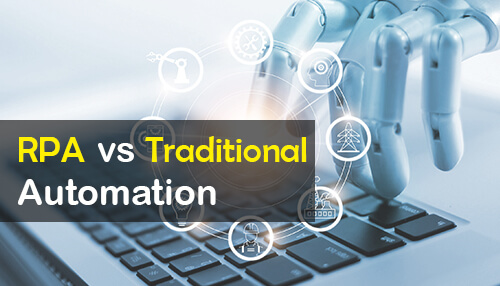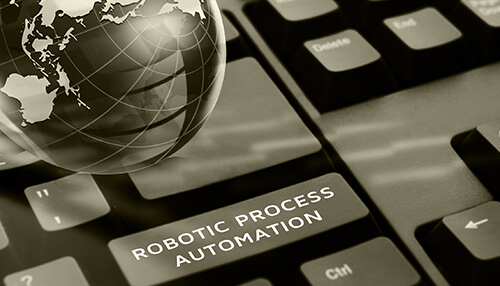With supply chain operations expanding to meet the needs of growing customer demands, many companies are turning to automation (AI, RPA, traditional automation, and more) to improve efficiency and accuracy. But what automation, whether it’s RPA vs Traditional Automation, is right for your business? Is there a right and wrong way to implement automation into your operations?
In this article we will look at two types of automation often used throughout supply chain operations: RPA vs Traditional Automation. We’ll dive into what they are, how they differ, and when to use which automation system.
What is Traditional Automation?
Traditional automation is the automation of any type of repetitive task within the supply chain. This technology can essentially make a machine do any tasks or steps in an operational process. Traditional automation is an older technology that can take months to implement, though it is reliable.
What is RPA?
Robotic Process Automation (RPA) is a form of automation in which computer software, or “bots,” automate high-volume, repetitive tasks. This includes things like data entry or administrative tasks that require a large amount of human intervention. RPA is designed to mimic human interaction and can help employees be more efficient at their jobs. RPA is also non-intrusive and easy to integrate into a preexisting system. RPA works across all application types and is very versatile. It is also easy to scale up or down depending on the needs of your business operation.
Top 3 Differences
Both traditional automation and RPA provide businesses with cost-saving opportunities as well as opportunities to improve system efficiencies. However, there are three key indicators that set the two apart from one another. Understanding these differences may help you decide which automation is right for your business.
Programming Knowledge
Traditional Automation uses API (Application Programming Interface) to integrate systems. Creators of a traditional automation system will need to have extensive programming knowledge of the system when implementing it. This is why traditional automation is not a quick and easy short-term solution.
RPA uses software bots to understand user actions. This is done solely at the front end of an operation and means that no programming knowledge is needed to implement an effective RPA system. Even the least tech-savvy of people can use RPA effectively.
Cost
Traditional Automation tends to be the cheaper option at the onset. Yet, when you look at the long-term usage of traditional automation and maintenance and upkeep costs, traditional automation is often more expensive.
RPA, on the other hand, tends to have a larger upfront cost that pays off over time. RPA takes less time and energy to run and so the initial cost ends up evening out with use.
Making Updates
Traditional Automation is not easy to update because it requires a user to rewrite or change scripts depending on the new needs of the operational system. This form of automation involves more upkeep from IT departments which is not always a viable option for some operations.
RPA is quite simple in comparison. Users can quickly make changes to the system or business flow as needed. No extensive IT knowledge is needed. This is beneficial as operational systems often need to adapt or scale up or down depending on the needs of the market.
When to Use What
While RPA and traditional automation have their benefits and drawbacks, there are certain situations where one is more useful than the other.
When to use Traditional Automation
Traditional automation is useful when doing simple calculations or linking one system to another. Traditional automation is great for moving vast quantities of data between systems quickly. It is useful as a long-term solution rather than a quick fix because of the amount of time it takes to implement the automation and the amount of upkeep involved.
When to use RPA
RPA is great for quick fixes. It is easy to integrate alongside existing systems. RPA is programmed to mimic human behavior and so it is great for personalized operations and scenario-based tasks. In that way, RPA is great for looking at historical purchasing data within a supply chain and parsing through data to find ways for companies to save money and resources.
Conclusion
RPA is not going to replace traditional automation systems – they are two separate ways to automate operations and handle different tasks with different approaches. If you are unsure of which type of automation your business needs, it may be worth considering the benefits and drawbacks of each automation type to make an informed decision.



